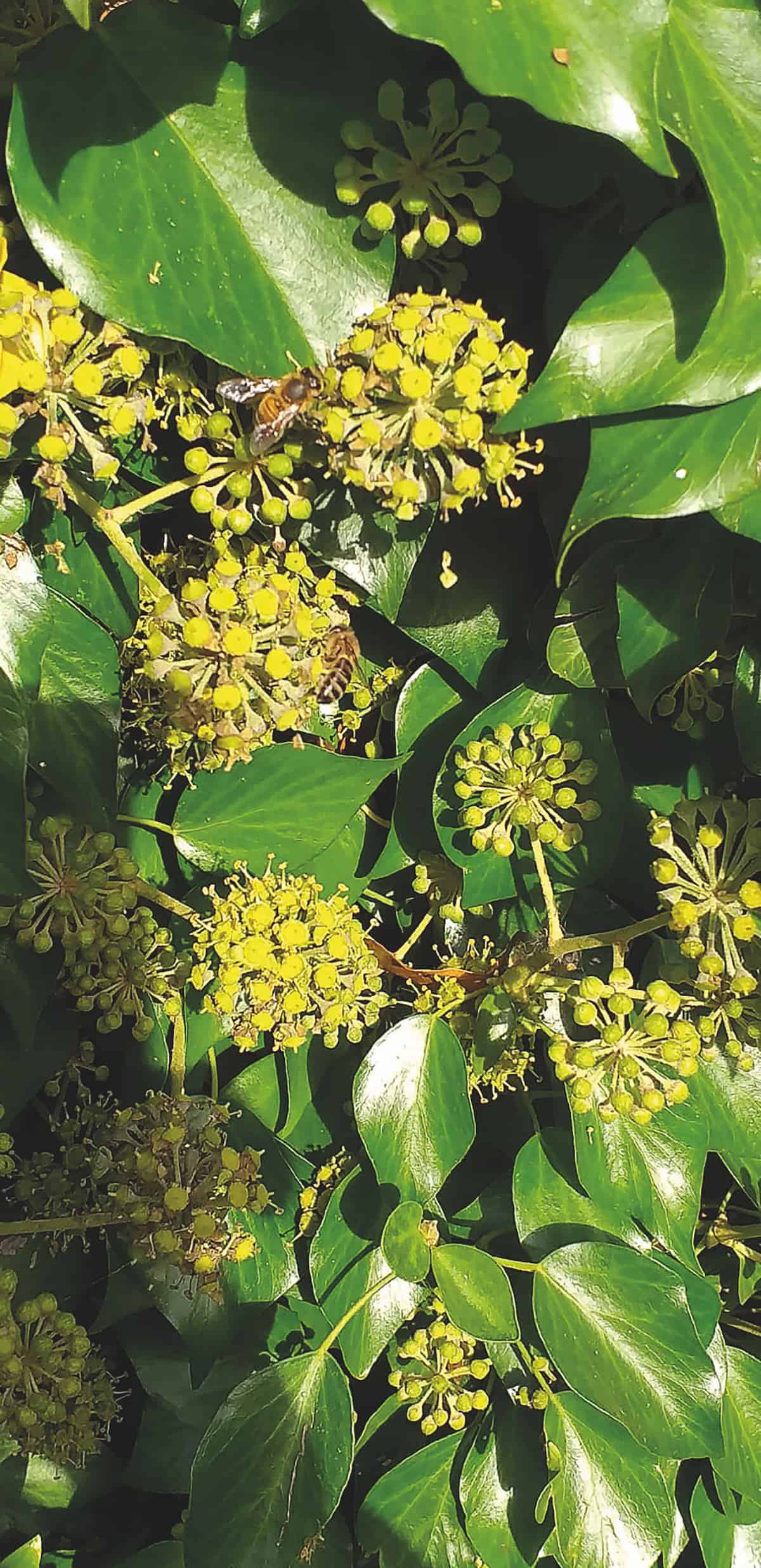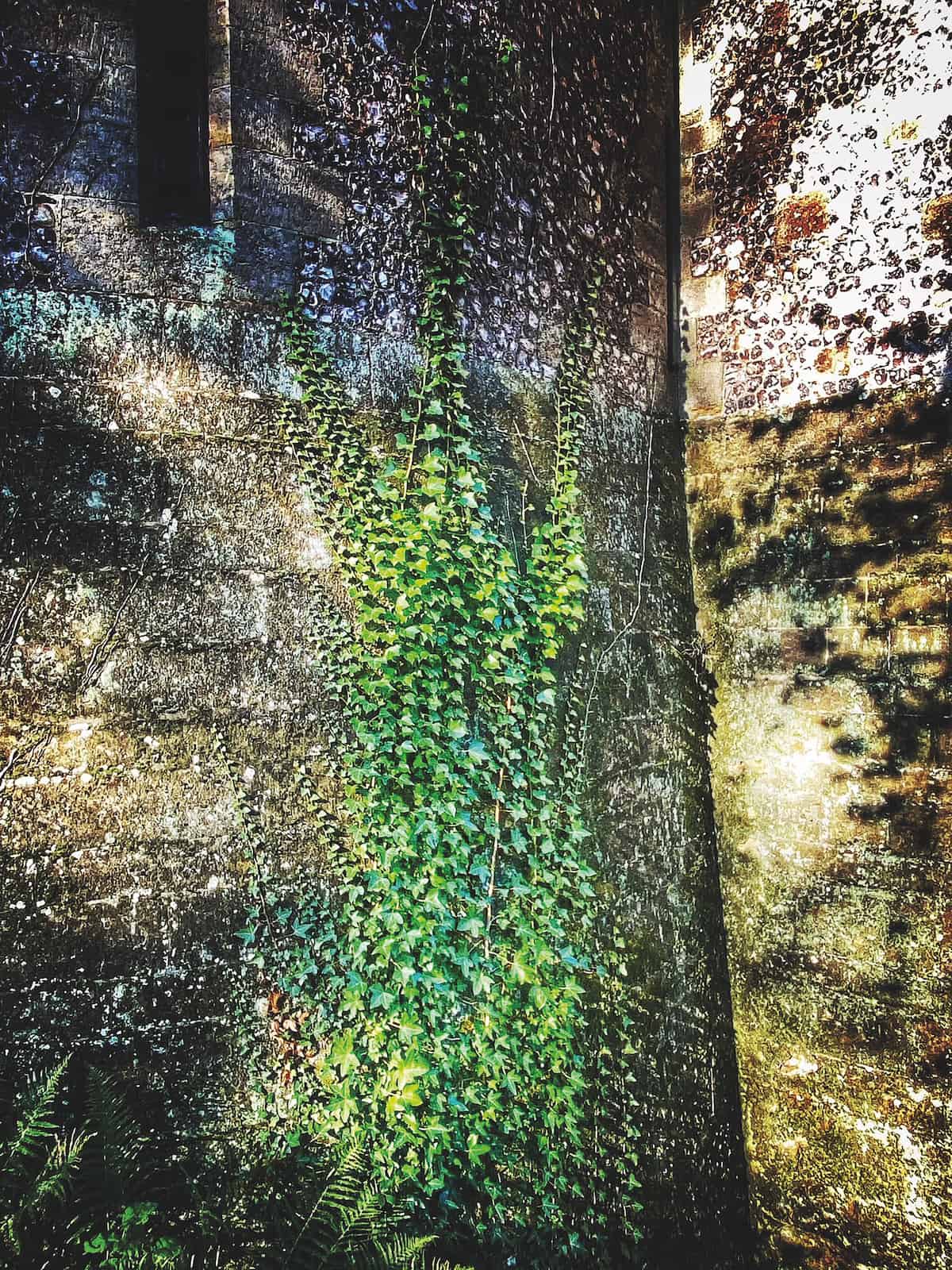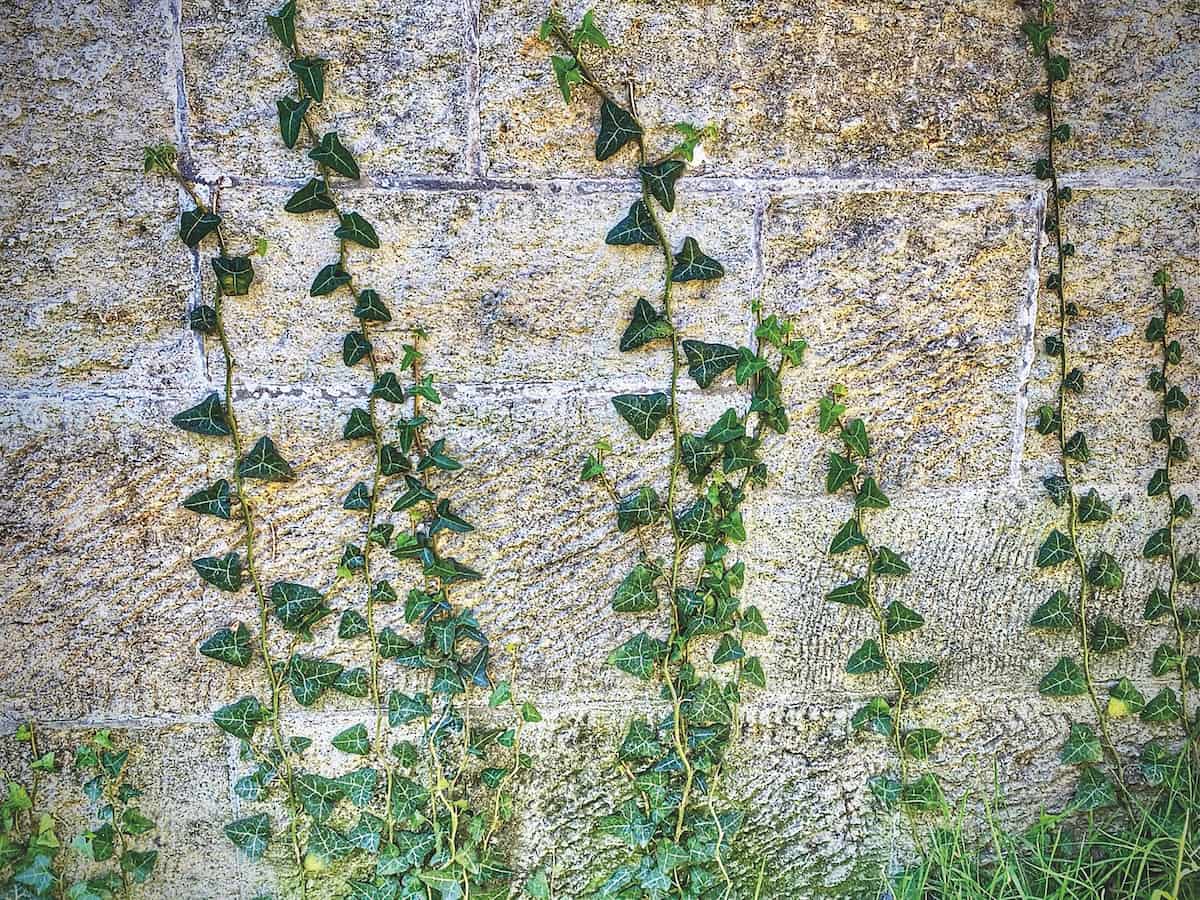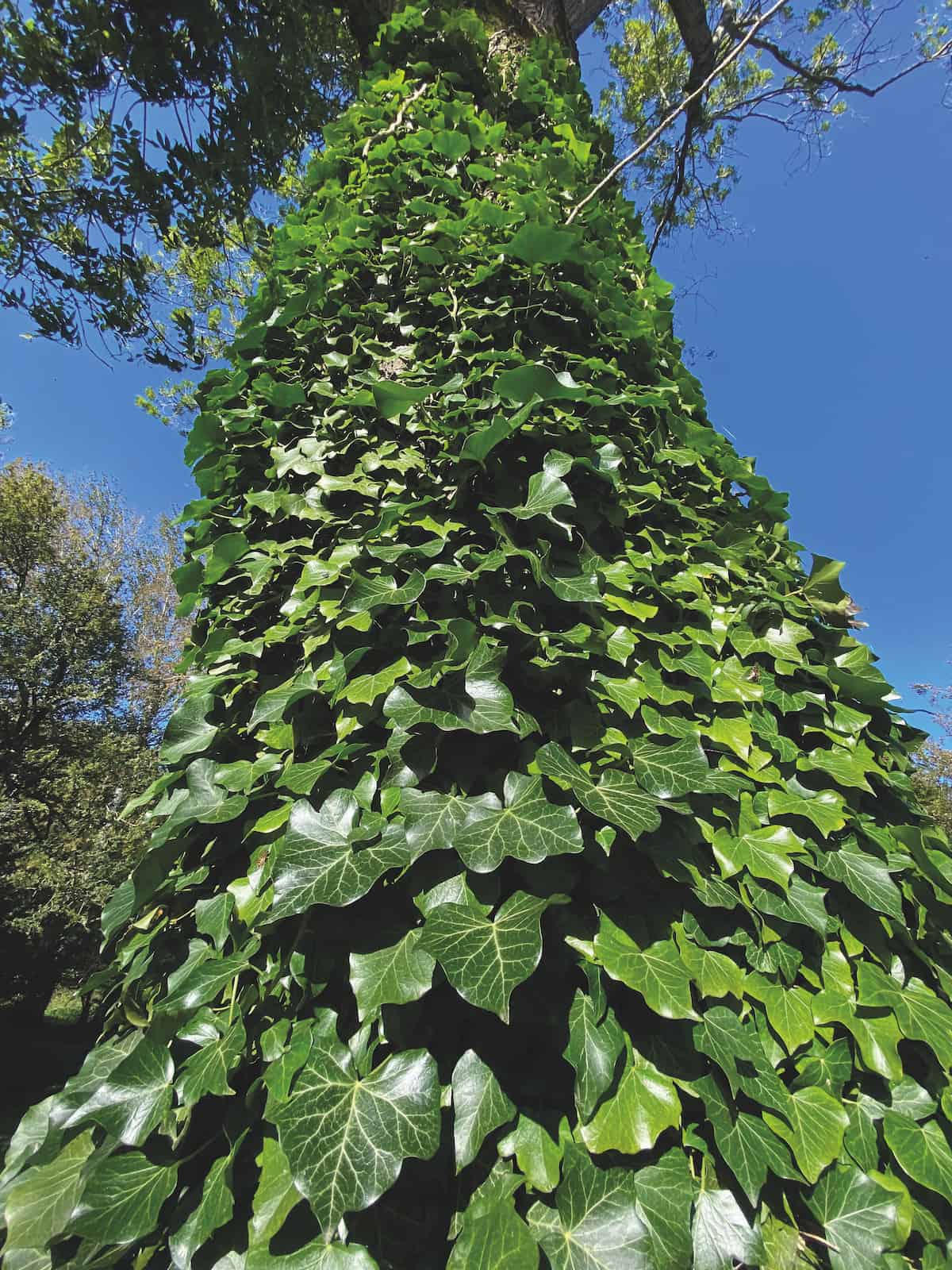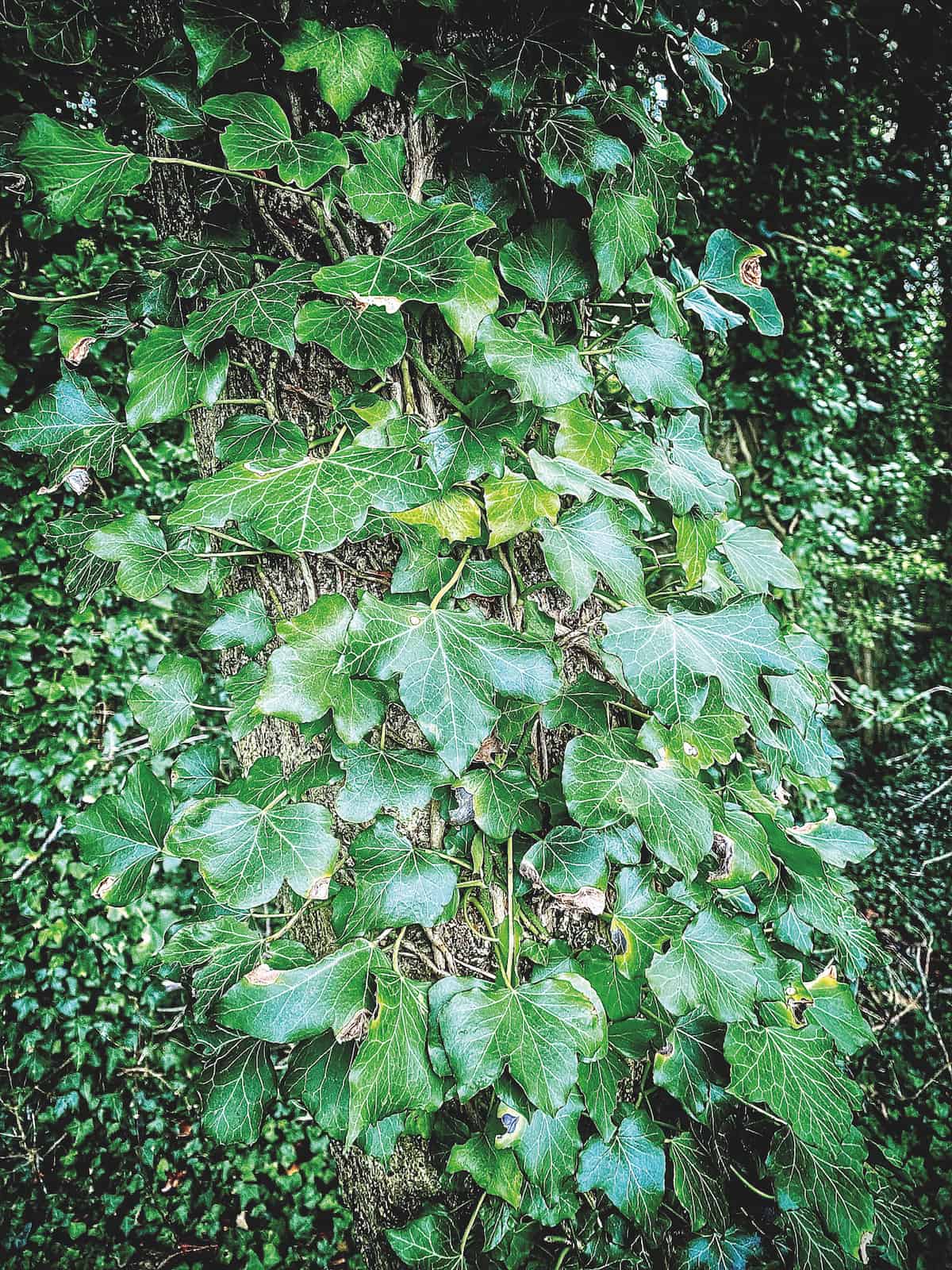Community header template
- Home
arrow_drop_down
- News
arrow_drop_down
- What’s On
- Local Information
arrow_drop_down
- Community Groups
arrow_drop_down
- Business Support
arrow_drop_down
- Advertising Rates
- Business Networks
- Akin Arundel
- Arundel Chamber of Commerce
- Consultants, Admin Support & Office Space
- Film Location & Production Support
- IT & Technical Support
- Legal, Financial Planning, Accountants And Insurance
- Local Publications And Media
- Marketing, Printing & Digital
- Business Newsletter
- Local Directory
arrow_drop_down
- Estate & Lettings Agents & Architects
- Health, Beauty & Wellbeing
- Home & Gardening Services
- Legal, Financial Planning, Accountants And Insurance
- Photographers, Fashion & Lifestyle
- Retirement, Care & Funeral Services
- Travel, Holidays & Languages
- Tradesman, Builders and Property Services
- Vehicle Repairs, Storage, Hire & Taxi Services
- Weddings, Events & Entertainment
- Contact
For the love of Ivy
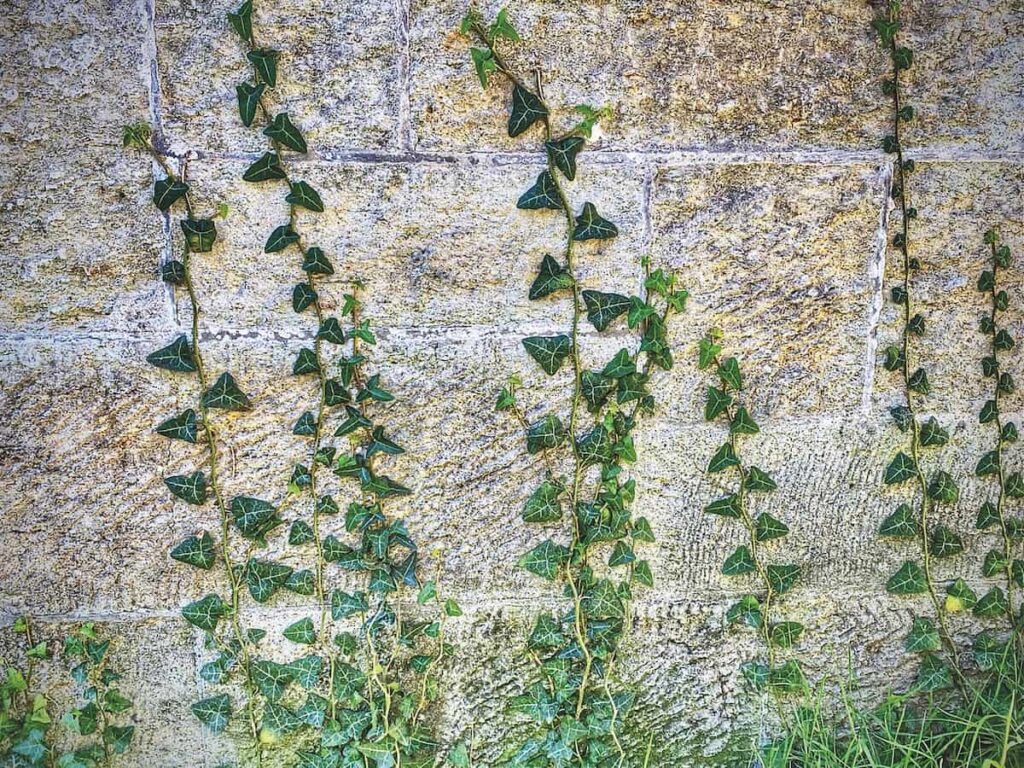
Published Winter 2021, by Kay Wagland
As these pictures by Nigel Cull demonstrate, ivies can be very attractive but they usually get a very bad press. Kay Wagland explains here why this reputation is totally undeserved.
POOR Ivy can be sadly unloved. She is unfairly blamed for many ills and her numerous gifts are largely overlooked. Let’s rethink our relationship with Ivy and give her the love and respect she enjoyed by the ancients and which deserve to be revived.
The Greeks and Romans revered ivy, using it for crowns for athletic and poetic achievement and believing it prevented drunkenness. Pagans saw it as a symbol of continuing life through the dark winter and of fidelity, which is why it is traditionally included in wedding bouquets. However, in more recent times it has been regard as a problem for trees when gardeners thought of ivy as choking and competing for nutrients from trees, possibly even leading to their demise. This was a misplaced fear as expert bodies now agree.
‘Clingy, luscious, misunderstood. Ivy has long been accused of strangling trees, but it doesn’t harm the tree at all, and even supports at least 50 species of wildlife.’ Woodland Trust
Ivy is not a parasite, but simply uses trees as a climbing frame to reach more light and their aerial ‘roots’ simply cling to the bark rather than penetrate it. However, they do provide food and shelter for many animals, including threatened and rare species. There is even an Ivy bee which is completely dependent on ivy, Hedera Helix in the latin, emerging with the flowers in October-November when other bees are packing up for the winter.
Small flower clusters and berries appear only on mature ivy, with woody stems and waxy, heart or diamond- shaped leaves. The black berries that follow have a high fat content and provide much needed food for birds over winter when there is little else around and the
evergreen leaves and interwoven stems are important shelter and roosts for birds, bats and many bees, butterflies and other important insects.
Professional arboriculturists, who might be expected to be very cautious about any perceived threats to ornamental trees, agree. The Arboricultural Association says ‘in the light of increasing knowledge and research into the relationship between the plant and its host, it is now not considered an instant threat to the tree, and it s not necessary to remove it on a regular basis.’
A particularly vigorous ivy can sometimes shade some of a tree’s leaves, but this is unlikely to cause serious damage. Very mature, shrubby ivy could weigh heavily, and even break, tree branches that are already damaged or diseased, but in a copse setting, growing alongside other trees, this is a natural process and similar to other tree interactions. In a garden setting, you may want to keep an eye on ivy growth and take out any that looks excessive, but consider what ivy is doing for the rest of nature – including us!
The rich evergreen cover provided by mature ivy interspersed with the yellow flower umbels make for a particularly attractive treatment for otherwise unlovely parts of the garden. For example, bare tree stumps remaining, say, from cutting back Leylandii or other conifers, can be transformed with its glossy blanket and younger ivy will provide a constant green carpet for areas under trees where shading precludes many other plants.
Even buildings can benefit from ivy in the right conditions. Royal Horticultural Society (RHS) research with the University of Reading found that, contrary to popular belief, growing ivy up walls can protect them against damp and provide cooling for buildings in summer.
In the ecological emergency now threatening us all and living in one of the most nature-depleted countries in the world, we can all help by showing a bit more love of ivy.

